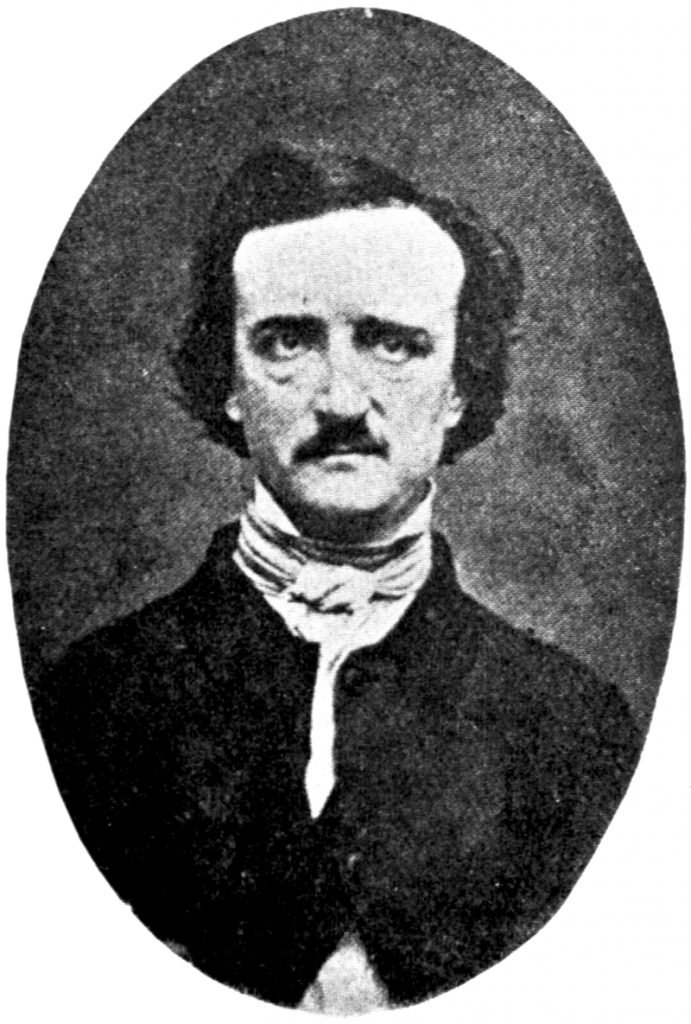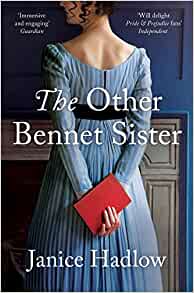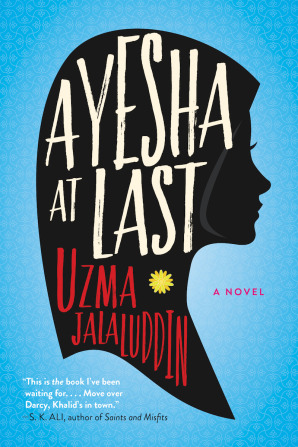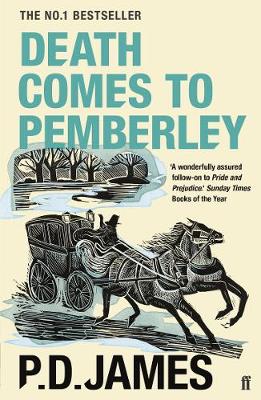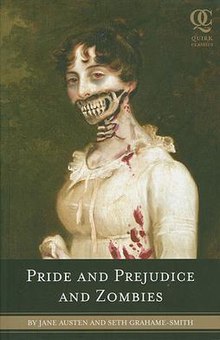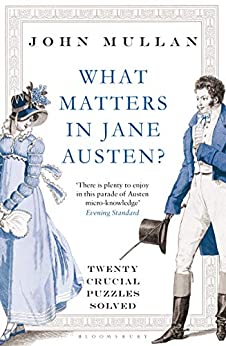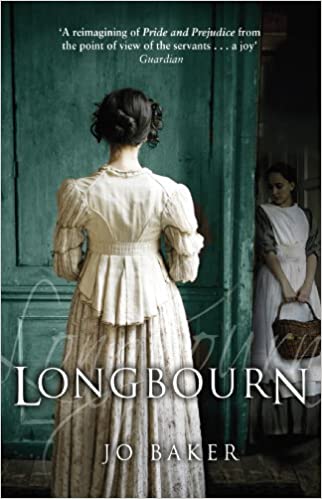7 Februarty 1812:
Dickens’ 210th birthday today, as good a reason as any to spend a thought or two on this outstanding writer. It’s even a platitude to say that the work of this most inventive of Victorian novelists has withstood the test of time (and shedloads of literary and autobiographical criticism to boot) and remains relevant, instructive and enjoyable to this day. Nothing could be a better reminder of Dickens’s art, of his extraordinary treatment of language, than the following excerpt from Oliver Twist of 1837-39, the foundational first of the whole host of new Realist Victorian novels to follow. As a fledgling text, this novel very much strikes us as experimental still, a laboratory of various narrative forms and styles, ranging from topical investigative journalism to educational journey, as in Bildungsroman, and allegorical morality tale.
The passage below shows Dickens’s full potential as narrative magician, with similar fireworks going off in all of his later novels. New Victorian Realism in full cry: London waking up in the in the early morning to the hustle and bustle of a crowded day… The reader wonders: who is talking? It is not Sikes, nor Oliver, who are walking across the stage here. When the prose heats up, the narrator does the vanishing act of much of later Modernist ‘free indirect discourse’. Whose consciousness is streaming here? Might it be that of the big city itself? I always ask myself in passages like this: was Dickens really in charge of his writing here, or was he being written (so-to-speak) by language that wants breaking out? One could say that langue is driving a coach and horses through the authorial project in sections like this….
Dr Martin Jesinghausen
From Oliver Twist,
Chapter 21: The Expedition.
It was a cheerless morning when they got into the street; blowing and raining hard; and the clouds looking dull and stormy. The night had been very wet: large pools of water had collected in the road: and the kennels were overflowing. There was a faint glimmering of the coming day in the sky; but it rather aggravated than relieved the gloom of the scene: the sombre light only serving to pale that which the street lamps afforded, without shedding any warmer or brighter tints upon the wet house-tops, and dreary streets. There appeared to be nobody stirring in that quarter of the town; the windows of the houses were all closely shut; and the streets through which they passed, were noiseless and empty.
By the time they had turned into the Bethnal Green Road, the day had fairly begun to break. Many of the lamps were already extinguished; a few country waggons were slowly toiling on, towards London; now and then, a stage-coach, covered with mud, rattled briskly by: the driver bestowing, as he passed, an admonitory lash upon the heavy waggoner who, by keeping on the wrong side of the road, had endangered his arriving at the office, a quarter of a minute after his time. The public-houses, with gas-lights burning inside, were already open. By degrees, other shops began to be unclosed, and a few scattered people were met with. Then, came straggling groups of labourers going to their work; then, men and women with fish-baskets on their heads; donkey-carts laden with vegetables; chaise-carts filled with live-stock or whole carcasses of meat; milk-women with pails; an unbroken concourse of people, trudging out with various supplies to the eastern suburbs of the town. As they approached the City, the noise and traffic gradually increased; when they threaded the streets between Shoreditch and Smithfield, it had swelled into a roar of sound and bustle. It was as light as it was likely to be, till night came on again, and the busy morning of half the London population had begun.
Turning down Sun Street and Crown Street, and crossing Finsbury square, Mr. Sikes struck, by way of Chiswell Street, into Barbican: thence into Long Lane, and so into Smithfield; from which latter place arose a tumult of discordant sounds that filled Oliver Twist with amazement.
It was market-morning. The ground was covered, nearly ankle-deep, with filth and mire; a thick steam, perpetually rising from the reeking bodies of the cattle, and mingling with the fog, which seemed to rest upon the chimney-tops, hung heavily above. All the pens in the centre of the large area, and as many temporary pens as could be crowded into the vacant space, were filled with sheep; tied up to posts by the gutter side were long lines of beasts and oxen, three or four deep. Countrymen, butchers, drovers, hawkers, boys, thieves, idlers, and vagabonds of every low grade, were mingled together in a mass; the whistling of drovers, the barking dogs, the bellowing and plunging of the oxen, the bleating of sheep, the grunting and squeaking of pigs, the cries of hawkers, the shouts, oaths, and quarrelling on all sides; the ringing of bells and roar of voices, that issued from every public-house; the crowding, pushing, driving, beating, whooping and yelling; the hideous and discordant dim that resounded from every corner of the market; and the unwashed, unshaven, squalid, and dirty figures constantly running to and fro, and bursting in and out of the throng; rendered it a stunning and bewildering scene, which quite confounded the senses.
Mr. Sikes, dragging Oliver after him, elbowed his way through the thickest of the crowd, and bestowed very little attention on the numerous sights and sounds, which so astonished the boy. He nodded, twice or thrice, to a passing friend; and, resisting as many invitations to take a morning dram, pressed steadily onward, until they were clear of the turmoil, and had made their way through Hosier Lane into Holborn.

